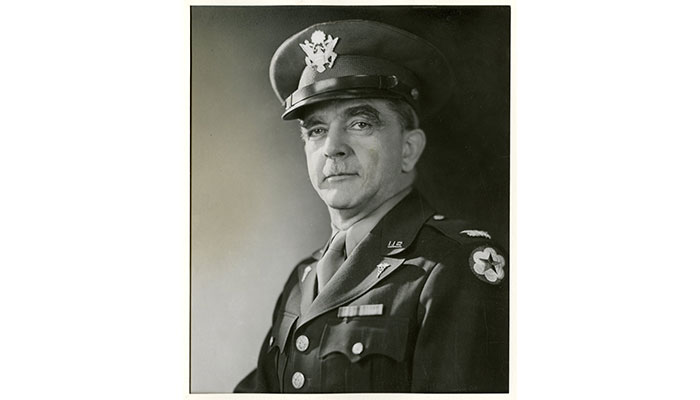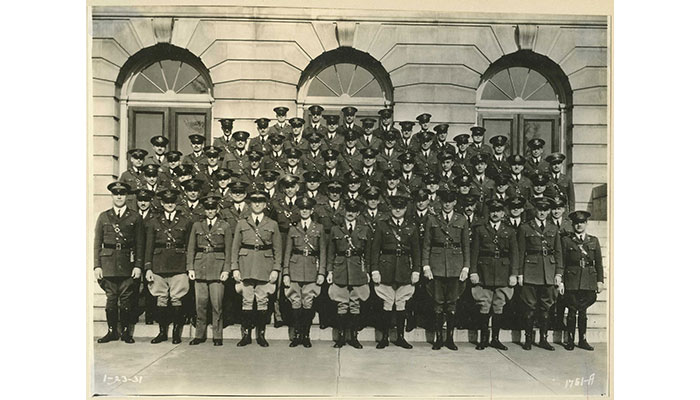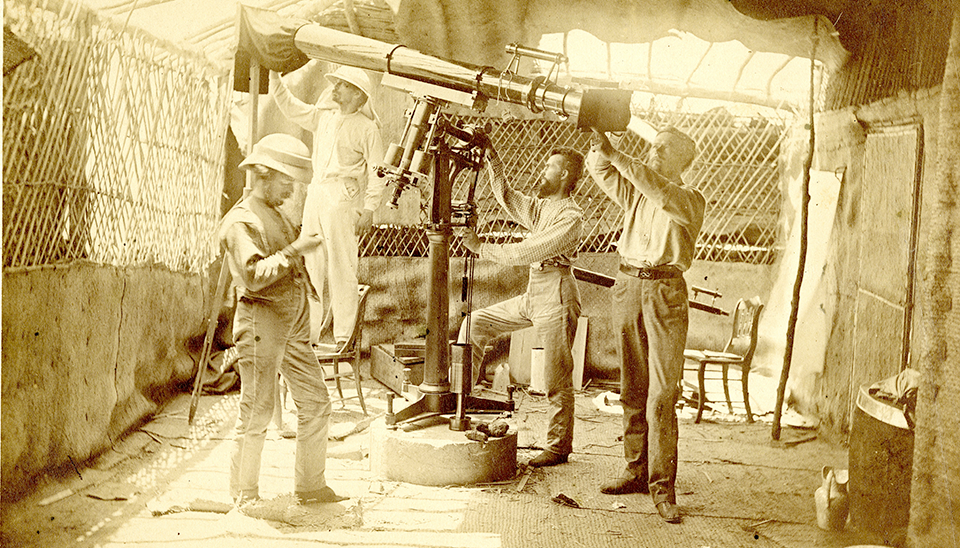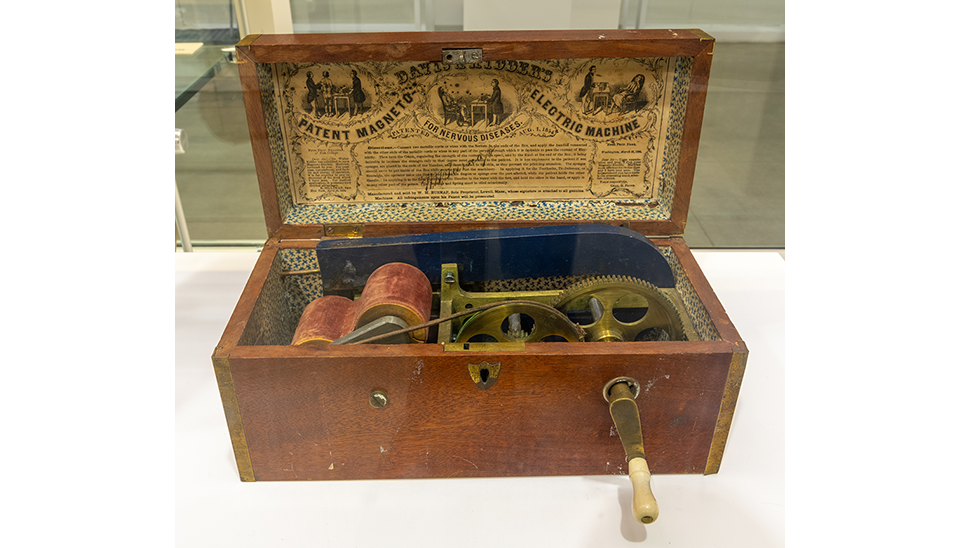Col. James Earle Ash was born on Sept. 8, 1884, in Philadelphia, Pennsylvania. As a child, Ash aspired to be a musician and to be taller. At 9-years-old, he became a church organist. However, he never grew tall and was nicknamed "Little Quaker." In 1905, he graduated from the University of Pennsylvania with his medical degree and received advanced training for six years at Philadelphia-area hospitals where he developed an interest in the field of pathology. Ash later studied in Vienna, Austria, before returning to the U.S. From 1911 to 1916, he was a member of the pathology department at Harvard University Medical School.
While at Harvard, Ash became interested in tropical diseases. In 1916, he accepted a commission in the U.S. Army Medical Corps after first being granted a height waiver. He served in the Philippines for eight years where he became an authority on tropical diseases. This experience helped lead to the reactivation of the Army Medical Research Board and publication of a report on sanitary conditions in the Bataan peninsula, later used for planning purposes by the U.S. Army. This eventually culminated in the publication of "Pathology of Tropical Diseases–an Atlas" with Sophie Spitz in 1945.
Ash had a distinguished 31-year career as a pathologist in the U.S. Army Medical Corps. He used his positions as the 15th curator of the Army Medical Museum, from 1929 to 1931, and later as the 20th curator from 1937 to 1946, to develop pathological slide study sets, syllabuses, atlases, and fascicles (a practical reference for pathologists who review cases) as teaching tools. He also helped establish and expand pathology registries—a collection of information that may include data, case histories, pathological specimens, and other materials describing patient demographics, pathological characteristics, treatment, and outcomes—at the museum and specialized a number of developing fields.
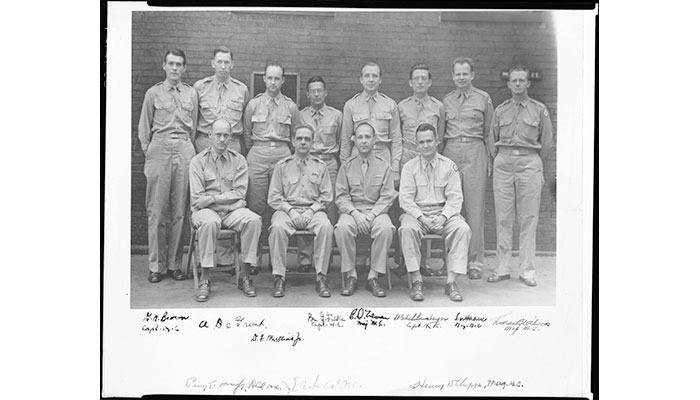
Officers staff – group photography; front row: Lt. Col. Percy T. Hough, Col. James E. Ash, Maj. E.E. Golden, Maj. Henry D. Chipps; back row: Capt. G.N. Brown, A. DeGroat, D.F. Mullins Jr, Capt. Ben G. Franklin, Maj. E.D. Zeman, 1943. (MIS Portrait 05-7246-1)
During World War II, Ash developed the Army Medical Museum into a center of excellence for military and civilian pathologists, and his efforts did much to advance cooperation between the two groups. In 1939, with Ash's support, the museum issued the Atlas of Otolaryngology Pathology. In 1944, a new department emerged within the Army Medical Museum: The Registry of Veterinary Pathology. In addition, in 1946, the Army Medical Museum became a division of the new Army Institute of Pathology. At that point, Ash's position was retitled from curator to director.

From left to right: Col. James Earl Ash, Dr. Henry Swanson, Col. Joseph Bernier. Boston, Massachusetts, 1947. (NCP 17039)
As a tribute to Ash after he retired from the Army in 1947, an entire issue of "The Military Surgeon" was devoted to his career and included a foreword from Surgeon General of the Army, Maj. Gen. Norman T. Kirk, attesting to how Ash's "diligence, foresight, professional knowledge, and undeterred devotion to duty have led to the most extensive service in tissue pathology ever known in the world."
Ash helped elevate the museum and the Army Institute of Pathology (which became the Armed Forces Institute of Pathology in 1949) to positions of prominence in the world of pathology. This helped modernize the institute's system for collection and review of unusual cases, develop a series of atlases that led to growth of subspecialties of pathology, and inspire scores of military and civilian pathologists during their careers. The AFIP persisted until it was disestablished in 2011.
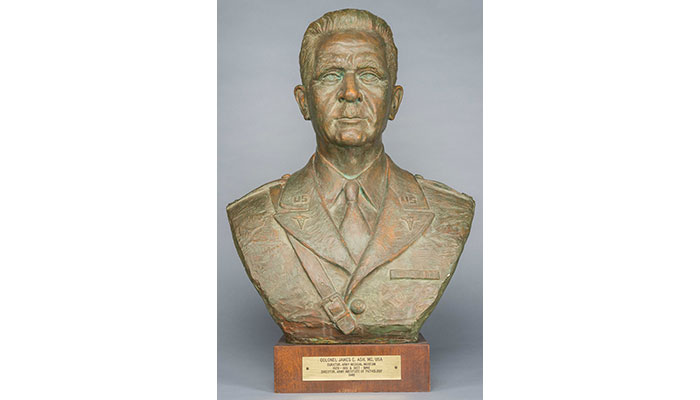
Bust of Col. James E. Ash, MC, U.S.A., curator of the Army Medical Museum, 1929-1931 and 1937-1946, and director of the Army Institute of Pathology, 1946. Photographed at the National Museum of Health and Medicine, Nov. 1, 2016. (161101-D-MP902-002)
He continued as the first scientific director of the American Registry of Pathology from 1947 to 1949. In conjunction with Muriel Raum, Ash wrote an atlas on otolaryngic pathology in 1956. He later served as chief of pathology for 12 years until 1963 at Suburban Hospital in Bethesda, Maryland. He was active in a private practice in Rockville, Maryland, until 1979. In all, Ash spent 73 years devoted to the field of pathology. He died at the age of 101 on March 24, 1986, at his home in Bethesda, Maryland.
Resources
Fechner, R. "A Brief History of Head and Neck Pathology." Modern Pathology 15, no. 3 (March 2022): 221–228.
"In Memoriam. James Earle Ash, M.D. (1884-1986)." American Journal of Clinical Pathology 87, no. 2 (1987): 289–291.
Jones, T.C. and L. Z. Saunders. "A Tribute to Colonel James Earle Ash, MC, U.S.A. (Retired) On the Occasion of his 100th Birthday September 8, 1984." Veterinary Pathology 21, no. 4 (1984): 367-369.
J.M.P., "Colonel James Earle Ash: An Appreciation." The Military Surgeon 99, no. 5 (November 1946): 362-363.
Relevant Links:
The International Academy of Pathology: 1949-1950 James Earle Ash, USA



